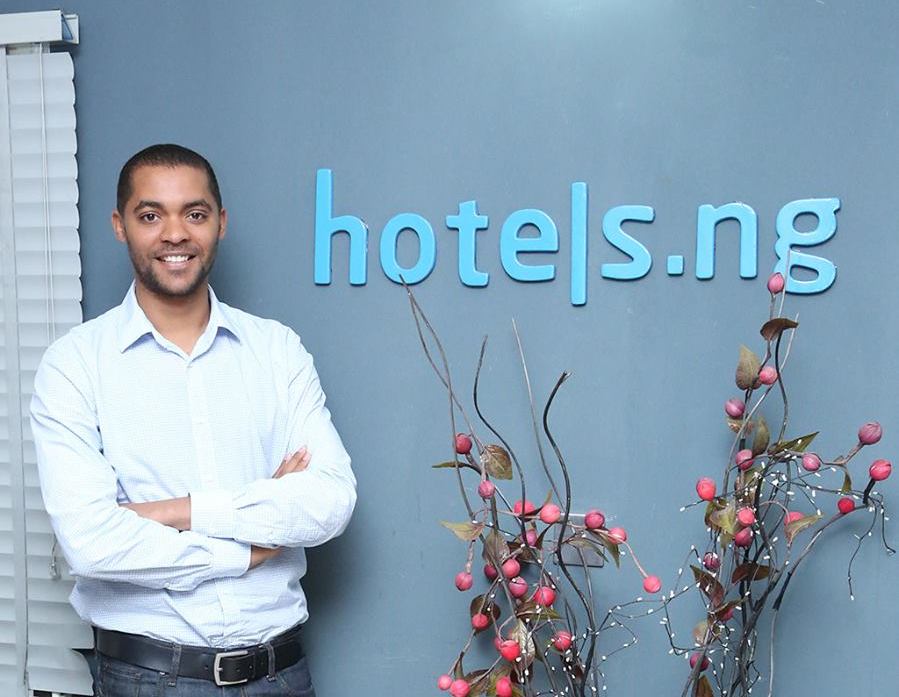Building Kickass Developer Internship Programs: A Guide from Hotels.ng’s Mark Essien
If you're plugged into the Nigerian tech ecosystem, you've likely heard of Mark Essien's Hotels.ng Internship program. If not, here’s a quick rundown: four editions, over 7,000 participants, and a multitude of highly skilled software developers have emerged from the program.
We spoke to the mastermind behind it all, and he shared the key ingredients for a successful internship: proper compensation (PAY PEOPLE THAT DO WORK FOR YOU!), effective tools like Slack and Trello, and a group of curious, driven individuals aspiring to become outstanding software developers.
Here’s Mark Essien’s guide to creating your own kickass remote internship:
1. Put the Word Out
The inception of the first HNG internship was straightforward. Mark, alongside then Hotels.ng CTO Neo, recognized the need for top-tier developers but had no elaborate plan. They simply decided to "put the word out and see how many people will come."
The initial response was modest, with only a few hundred applicants. For the third edition, partnering with the Akwa Ibom State government and leveraging extensive publicity efforts, including billboards, significantly boosted participation. Uyo, the state capital, contributed the highest number of entrants for HNG Internship 4.0.
Key Takeaway: Effective promotion is crucial. Ensure you invest heavily in spreading the word about your internship program.
2. Use a Set of Tasks as an Initial Filter
The HNG internship spans roughly 10 weeks, during which the number of interns is progressively reduced to the final 25-30. This is achieved through a series of tasks designed to filter out the less motivated and skilled participants. For instance, the first task might involve setting up a Slack profile, which nearly half of the last cohort couldn’t complete.
Mark’s Insight: “Tasks 1-5 are useful for gauging an intern's skills, aptitude, and grit. By the end of Task 5, only a few hundred remain.”
Key Takeaway: Early tasks should be designed to assess and filter candidates based on their skills and motivation.
3. Increase Task Difficulty to Further Thin Out Candidates
As the internship progresses, tasks become more challenging and closely mimic real-world experiences. These tasks aim to identify the most committed interns and refine their skills.
Mark’s Insight: Increasing task difficulty helps interns understand the realities of collaborative work environments. This stage allows star interns to shine and start earning compensation.
Key Takeaway: Gradually increase task difficulty to prepare interns for real-world challenges and identify top performers.
4. Hire Top Interns and Share a List of Others with Your Network
At the conclusion of the HNG internship, a final project is completed (e.g., a group built the Hotels.ng app), followed by a celebration event. This event allows interns to connect in person after weeks of virtual communication.
Post-internship, Mark shares a list of successful interns with his network of startup founders and companies seeking fresh talent.
Mark’s Insight: “As we reach the end of the internship, I let my network know about the talented individuals I’m ready to vouch for. Many get hired quickly, often within three weeks.”
Key Takeaway: Facilitate job placements for top interns by leveraging your professional network and maintaining engagement with students who return to school.
Conclusion
The HNG internship program has successfully integrated many aspiring developers into the tech ecosystem. It serves as a model for similar initiatives across various sectors and states in Nigeria. Until such programs become widespread, Mark Essien’s guide offers a blueprint for creating a successful remote internship. Be guided and start building the next generation of tech talent.







Post a Comment